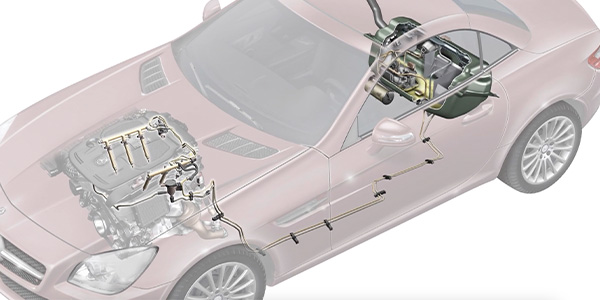The Wisconsin Department of Transportation (DOT) has scheduled a hearing on Aug. 12, 2010, to discuss proposed changes related to the state’s vehicle emissions inspection program.
Currently, the Wisconsin DOT must administer a motor vehicle emissions inspection and maintenance program for cars in nonattainment counties to establish that vehicles meet motor vehicle emissions standards. Certain provisions of the statute allow the department to “waive compliance with emission standards if the vehicle owner proves that despite attempted repairs, the vehicle cannot meet the standards and that the actual costs of repairs exceed the repair cost limit.”
The state assumes that the malfunction indicator light (MIL) will turn off after adequate vehicle repair. Previously, the agency had issued other methods of testing emissions regardless of MIL status. Now the department only offers the on-board diagnostic (OBD) test, which the Wisconsin DOT has determined is contrary to the state’s statute because it does not allow issuing a cost waiver to all tested vehicles, regardless of what was spent on repairs. The proposed amendment to the current rule involves allowing a cost waiver even if a MIL cannot be turned off. The Wisconsin DOT will receive comments regarding the proposal through close of the business day of the hearing.
The Automotive Service Association encourages independent repairers to visit its legislative website, www.TakingTheHill.com, to view the proposed changes.
The Automotive Service Association is the largest not-for-profit trade association of its kind dedicated to and governed by independent automotive service and repair professionals. ASA serves an international membership base that includes numerous affiliate, state and chapter groups from both the mechanical and collision repair segments of the automotive service industry. ASA’s headquarters is in Bedford, TX.
ASA advances professionalism and excellence in the automotive repair industry through education, representation and member services. For additional information about ASA, including past news releases, go to www.ASAshop.org, or visit ASA’s legislative website at www.TakingTheHill.com.












